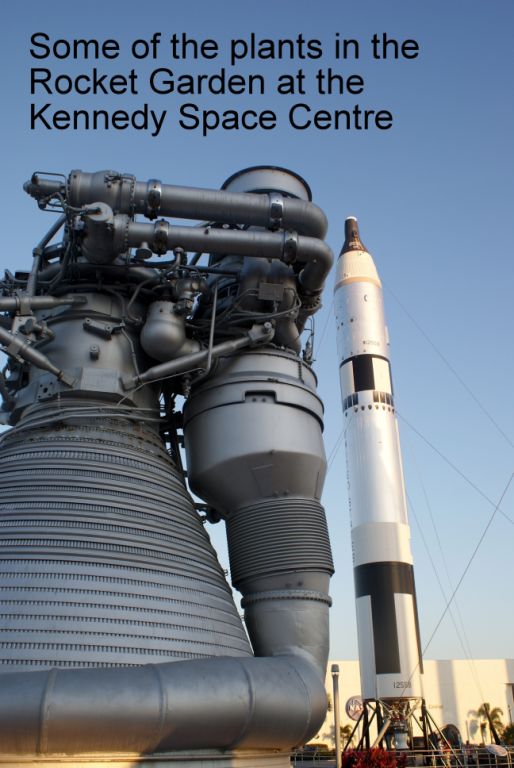Discovery at NASA

|
John writes: We had delayed our
departure from The tickets to
the Kennedy Space Centre are valid for two days, but that scarcely gave us
enough time at this amazing site. If you haven’t been, and you’re
in It really is
difficult to describe the Kennedy Space Centre without lapsing into
superlatives. To ride in the Shuttle launch simulator, to marvel at the size of
the Saturn V rockets that launched the Apollo moon missions, to see and touch
the extraordinarily cramped one and three-man space capsules, to experience the
3 I-Max cinemas,
to talk to an astronaut, to share some of the intense pain of the tragedies,
left both of us awestruck. We have
perhaps all become almost blasé about space travel, but what has been achieved
in the last 45 years is bought to life brilliantly here. 114 missions, 945 days
in orbit, 79 space walks, 3 planetary satellites deployed, 26 commercial
satellites deployed, 28 research platforms deployed, 17 rescue/repair missions,
614 major payloads delivered. When you are here, you are left in little doubt
about the power and dangers of the rocket fuels that with Saturn V had the
power of a small nuclear bomb. Little details like the fact that in the last
four seconds before the launch of the Shuttle, one million litres of water are
dumped around the launch site to cool the blast and reduce the shock and blast
waves back onto the shuttle itself are staggering. The Shuttle
orbiter Much of the
work here now is on the ISS – the International Space Station –
which continues to grow as new modules are added. This together with the
information and images that the Hubble Space telescope is sending back is truly
mind blowing. One of the two I-Max films is about the Cosmos beyond our own
galaxy, and it was so amazing that we went back for a second viewing the next
day. A new space telescope is due to replace Hubble in 2013. |









